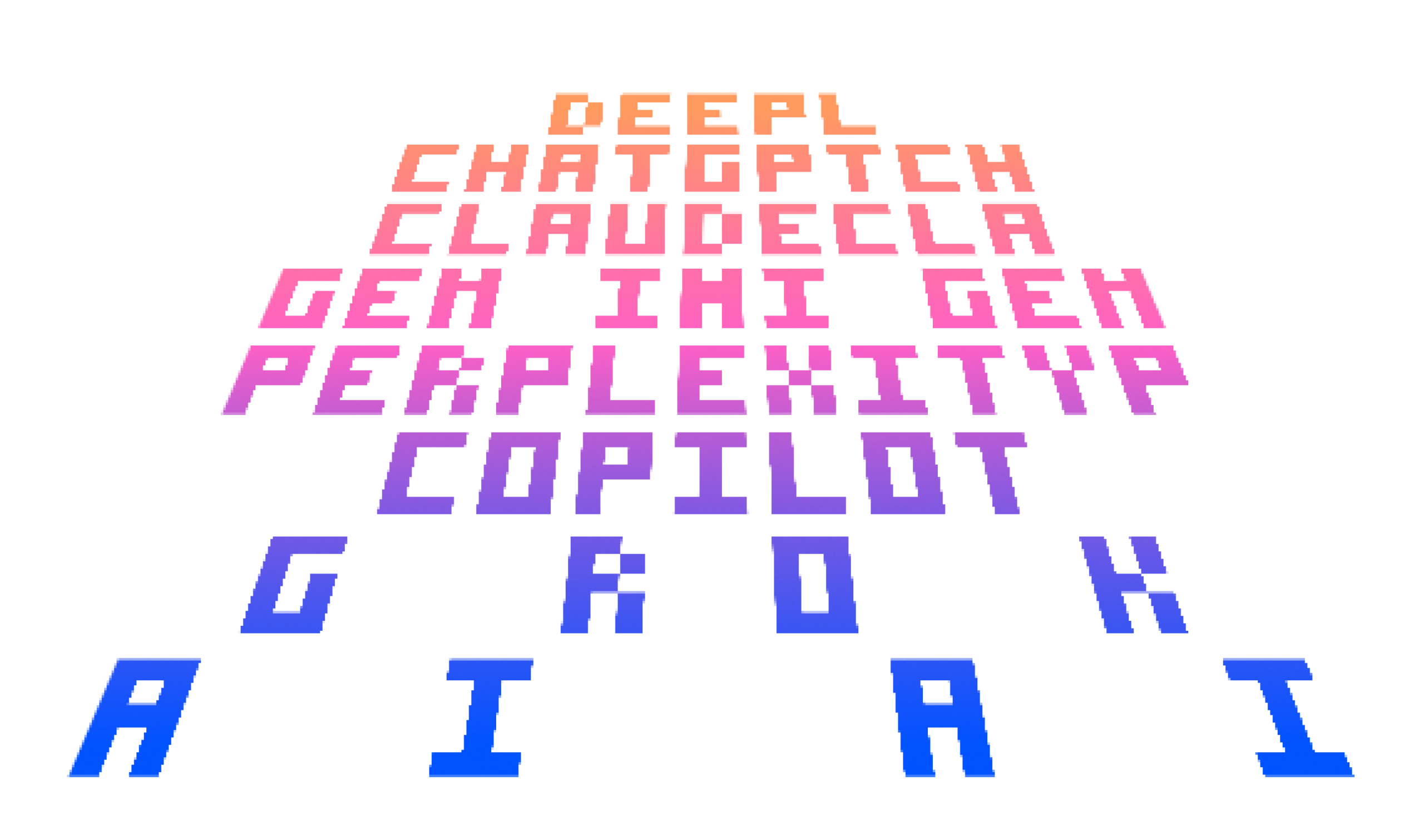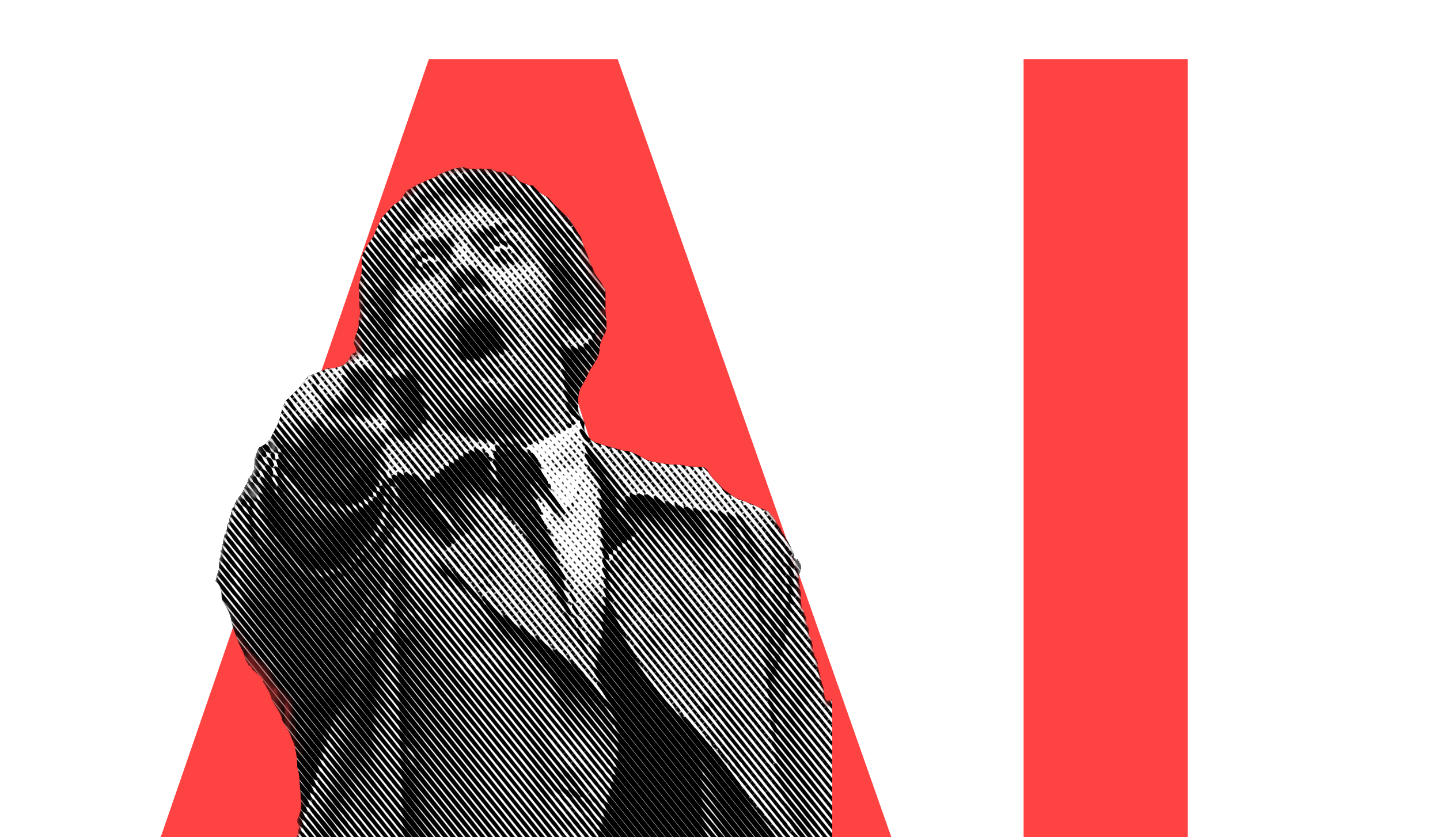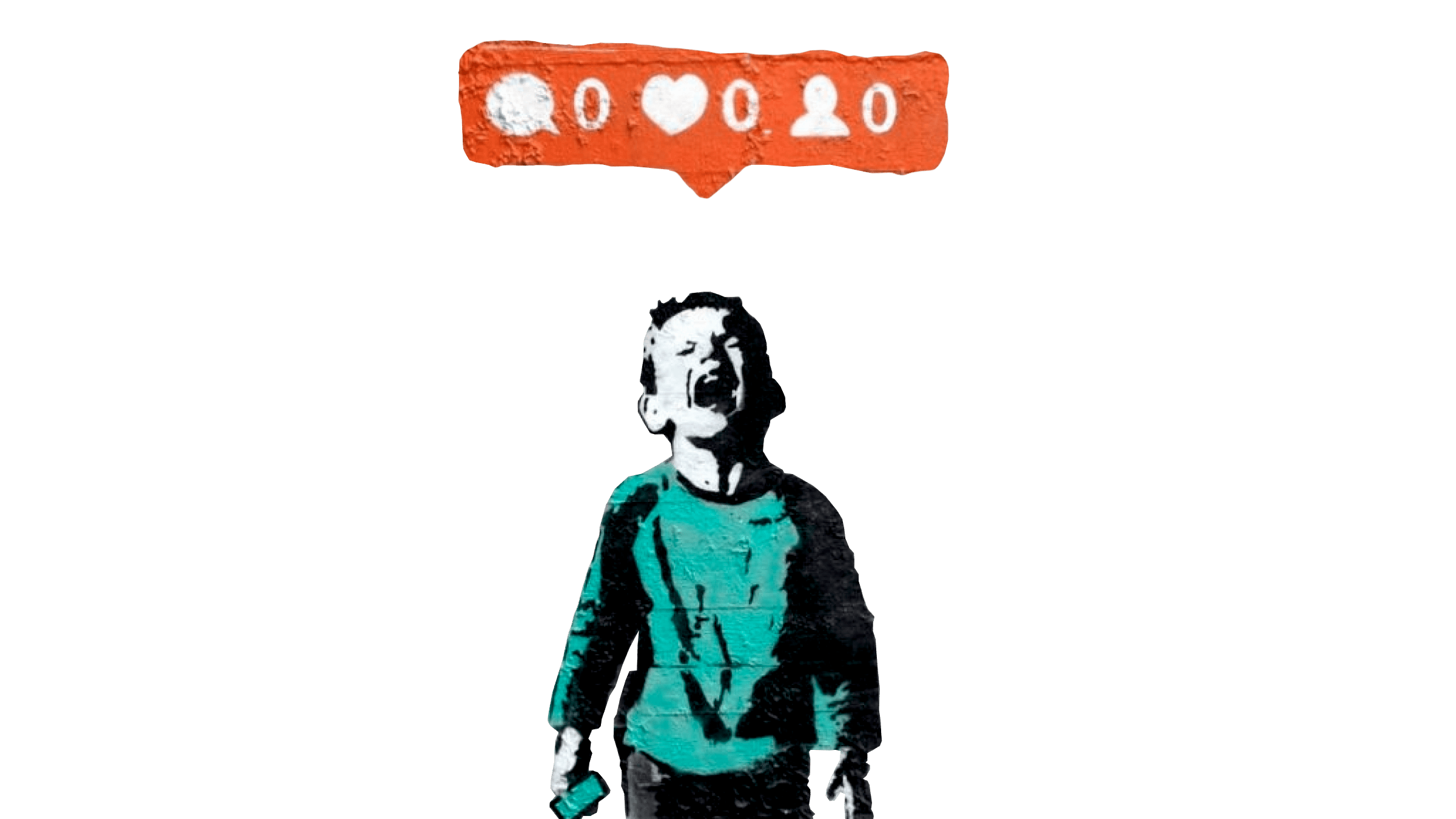Jeron van Geel interviewed Oliver Reichenstein on Jonny Holland. He asked a series of questions about the relationship between Philosophy, Design, Japan and Western culture.
In the past you studied philosophy. How did you end up in the design business?
I studied philosophy because I fell in love with a girl and to be next to her I went to philosophy class. In order to impress her I started studying Plato, Aristotle and Kant. That didn’t really work out, but a second woman I was impressed with, my French teacher, told me that in order to start making sense my chaotic brain needed some structure and logic. She was right.
Of course, I was not aware at the time that dealing with abstract notions was the ideal preparation for what would be known later as “information architecture.” At a time when I started working, the title “IA” was mostly a sales trick for people that sold overpriced card sorting sessions to naive customers. Still, what defines information architecture as I understand it today (concept, structure, interaction design), was sort of my first job.
As for surface design… Since there were no good screen designers around back in 1999, I decided to learn Photoshop and do the realization of my concepts myself. The rest came naturally.
What drives you to wanting to create the best designs?
Often it’s because I get angry about wrong standards or superficial bullshit that is commonly accepted as a standard. The more I ramble about bullshit and broken design standards, the higher the pressure for me to fix it.
What defines you as a designer?
Only recently have I started calling myself as a designer. I always felt that what I do is not fancy or slick or innovative enough for me to deserve that title. I now call myself a designer because the job titles in our field are all messed up (is it “screen designer,” “interaction designer,” “interface designer,” “web designer,” “interaction designer,” “UX designer”?) and it’s the easiest way to answer. It’s also a great conversation starter.
Over the years you’ve come up with many redesigns. From Facebook to the Mozilla browser. How do you approach these challenges?
The two examples you’ve cited were design studies that were never realized. So is the somewhat famous paper redesign of Tages-Anzeiger. I think that the best designs we’ve done so far were too courageous for our clients. Literally too courageous. The courage to do what needs to be done, no matter how politically realistic the concept might be is what drives us. Sometimes we get through with our unconditional thinking (as in the case of ZEIT ONLINE), sometimes we don’t. Luckily, we are now in a situation where we do not need to do free work anymore, so whether our designs get realized or not, we now get paid for being courageous. How cool is that?
Our goal: The articles, the brand concepts, the strategy, the surface design—in everything iA does, we try to improve the quality of information. I believe that the best way to change things for the good is to clarify information. With the advent of digital communication things are getting better, but there is too much bullshit, too much bluff, too many lies in corporate communications. As naive as it sounds, I believe that by focussing on the essence, that is improving the reading and writing experience, we can actually change how things work in this world.
Some years ago you decided that your design future was in Japan. What made you move to this country?
First the absence of noise, then meeting my wife. Japan is a very noisy place, but as long as I didn’t speak Japanese, Tokyo was the calmest place I’ve ever seen—since I speak Japanese that calm is gone; but the memory of it remains. In spite of the noise, Tokyo is still the ideal place for me. The city is so big that it lets everybody be and become who they are. As much as I still love my home country, and in particular my home town (Basel), letting people be and become who they are is not given in Switzerland.
Could you share with us some of the highlights of Japanese interaction design?
The Toilets. The Metro system. The Service at Japanese Restaurants.—Japanese Web design, application design, mobile design is horribly overloaded and dated. Have a look at the Alexa top ten if you don’t believe me.
Here in the West we are constantly shifting from interaction design to UX, experience design and service design. How is our field developing in Japan?
Not much going on here. I can see three main reasons:
Web design is engineering. In general, Japanese are good at engineering because they’re diligent, cautious and disciplined. That’s why they produce good cars. But car and screen design have a different half life. Screen design is much more short lived and much more test oriented. Release-soon-release-often, A/B-testing or decisions taken by a UX expert against the general opinion of the CEO or the group the UX expert belongs to are against Japanese business culture where decisions are taken unanimously.
The lingua franca in our field is English. Japanese web designers just can’t keep up with the fast pace of screen design because most of them don’t speak the language well enough to follow the silicon valley madness.
The standard for Japanese web design is still: dense, granular, info overload. Much like our websites around 2003/2004. It’s mostly pre Web 2.0 aesthetic (and logic) that dominates. Also, useless silly shiny flash micro sites are still common practice. And the really bad news is that nobody here cares as long as everybody follows the same trend. Maybe things will change after we got our first big Japanese client to finally innovate. 😉
What can we learn from Japanese (interaction) design culture?
Interaction designers should learn from product designers. And in that sense Japan is a little paradise. As much trouble as the Japanese economy is facing, Japanese product design is in many ways still a paradigm of craftsmanship, consideration and care.
What can the Japanese designers learn from western (interaction) design culture?
The value of user testing. The value of taking strong decisions. The value of feature reduction (!).
With iA you own one of the smallest and most successful design agencies in the world. What’s the secret?
Hire few. Hire only people that are better than yourself at what they are doing. Pay them fairly. Never be late paying salaries. Never be scared of big corporations (most of them suck exactly because they’re too big).
You’ll be speaking at EuroIA 2010 in Paris. What will you be talking about?
Not sure. We’ve invested a lot of time into our first application (a word processor). If everything goes as planned, it should come out at the end of July. So I might talk about our first experiences or the “making of” (it has been a long long way). But we already have another internal news project lined up that might be more interesting from an IA point of view.
Source: Jonny Holland







